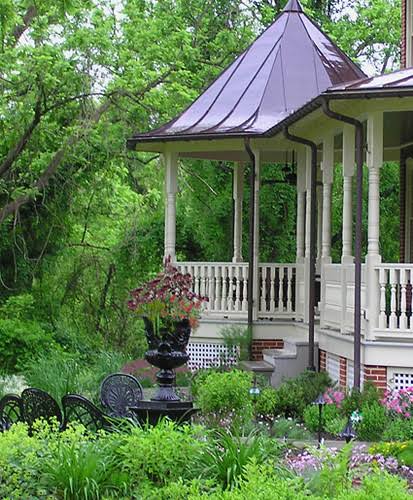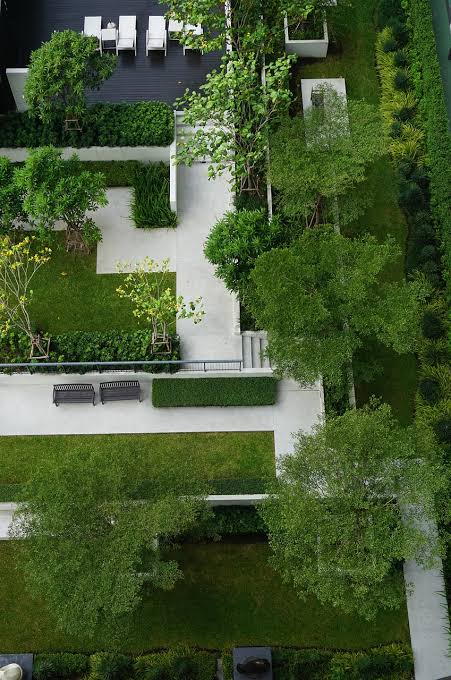Garden At Home Design
Home Garden Design
Designing a garden at home can be a delightful and rewarding project. Whether you have a large backyard or a small balcony, there are various elements and principles of design that can help you create an aesthetically pleasing and functional garden. Here are some steps to guide you in designing your home garden:
Assess your space: Start by evaluating the available space you have for your garden. Consider the size, shape, and layout of the area, as well as any existing features like trees, fences, or structures.
Determine your garden's purpose: Decide how you want to use your garden. Do you envision it as a peaceful retreat, a place for entertaining guests, a productive vegetable patch, or a combination of purposes? Understanding the purpose will help you plan the layout and select suitable plants.
Consider your climate and conditions: Take note of your local climate, sunlight exposure, and soil conditions. Different plants thrive in different environments, so it's important to choose species that are well-suited to your area.
Define garden zones: Divide your garden into zones based on functionality and aesthetics. Common zones may include a seating area, a vegetable or herb garden, a flowerbed, a water feature, or a play area for children. This division will help you organize your space effectively.
Plan the layout: Create a rough sketch of your garden, indicating the placement of different zones, pathways, and any existing features. Consider factors like sun exposure, wind direction, and accessibility when arranging your garden elements.
Select plants: Choose plants that align with your design goals and are suitable for your climate and soil conditions. Consider the height, color, texture, and bloom times of the plants to create an appealing composition. Incorporate a mix of perennials, annuals, shrubs, and trees to add variety and interest.
Add hardscape elements: Integrate hardscape features such as pathways, patios, pergolas, or raised beds to enhance the functionality and aesthetics of your garden. Select materials that complement your home's architecture and create a harmonious overall design.
Incorporate focal points: Include focal points like sculptures, a unique tree, a water feature, or a beautifully arranged flowerbed to draw attention and create visual interest.
Provide adequate lighting: Install outdoor lighting to enjoy your garden even after sunset. Consider ambient lighting for general illumination, task lighting for specific areas like seating or cooking areas, and accent lighting to highlight particular features.
Maintain and evolve: Regularly maintain your garden by watering, weeding, pruning, and fertilizing as needed. As you gain experience and your garden matures, don't be afraid to make changes, experiment with new plantings, and evolve your design over time.
Remember, garden design is a personal endeavor, and you have the freedom to express your creativity and style. Use these steps as a starting point, but don't hesitate to adapt them to your preferences and the unique characteristics of your home and surroundings.









.jpeg)







Post a Comment